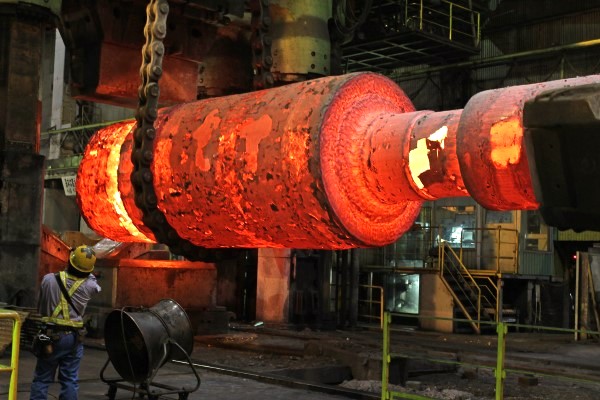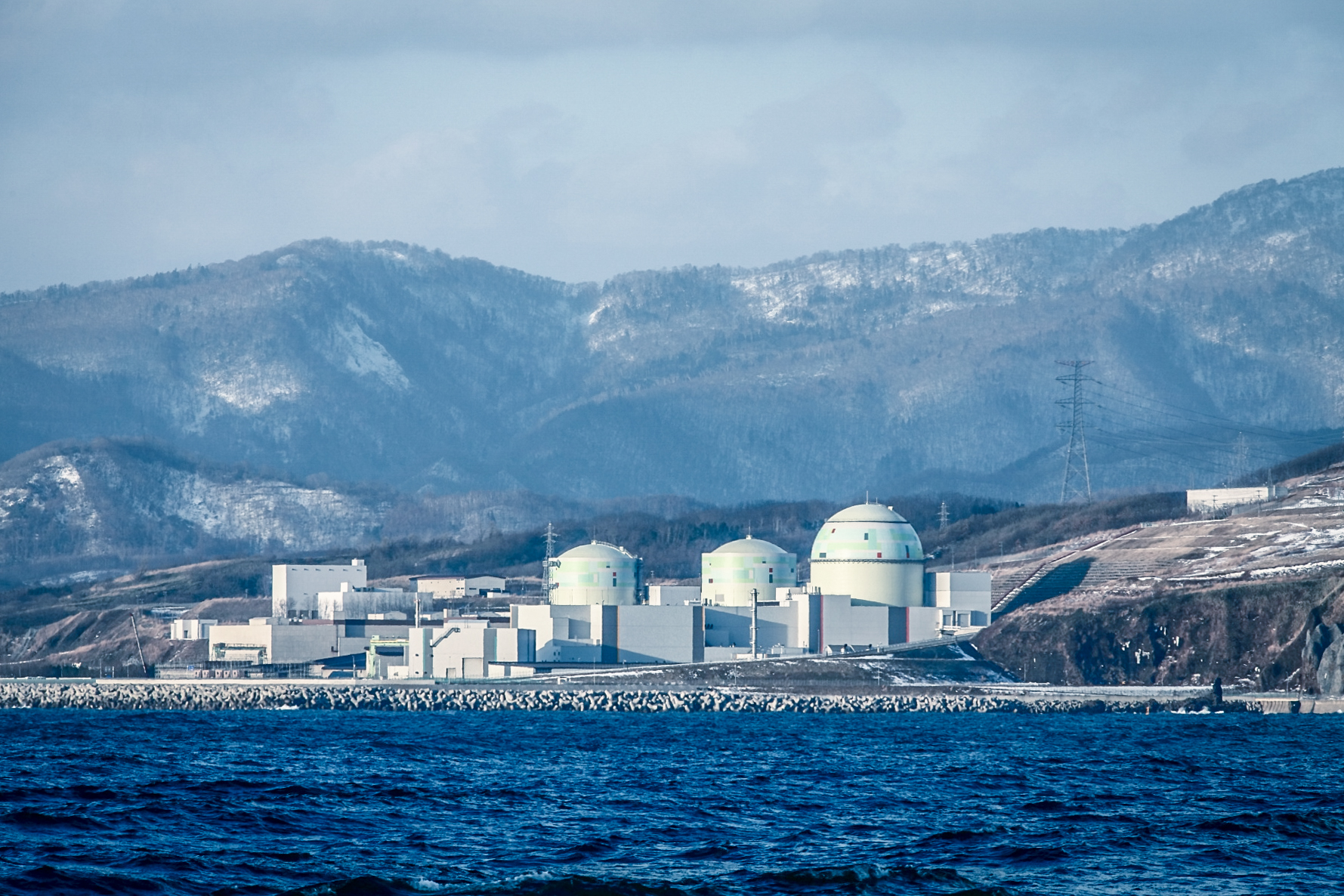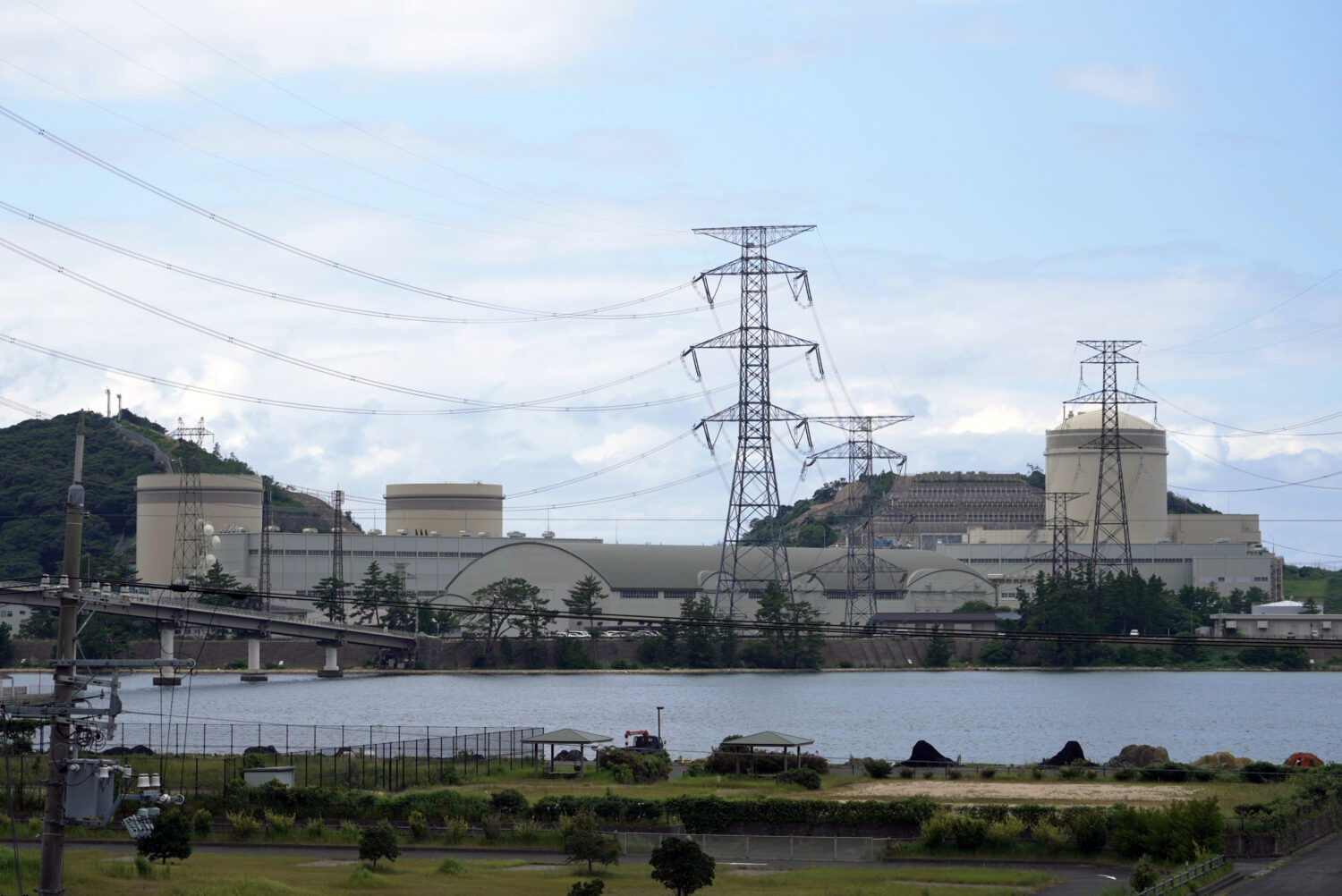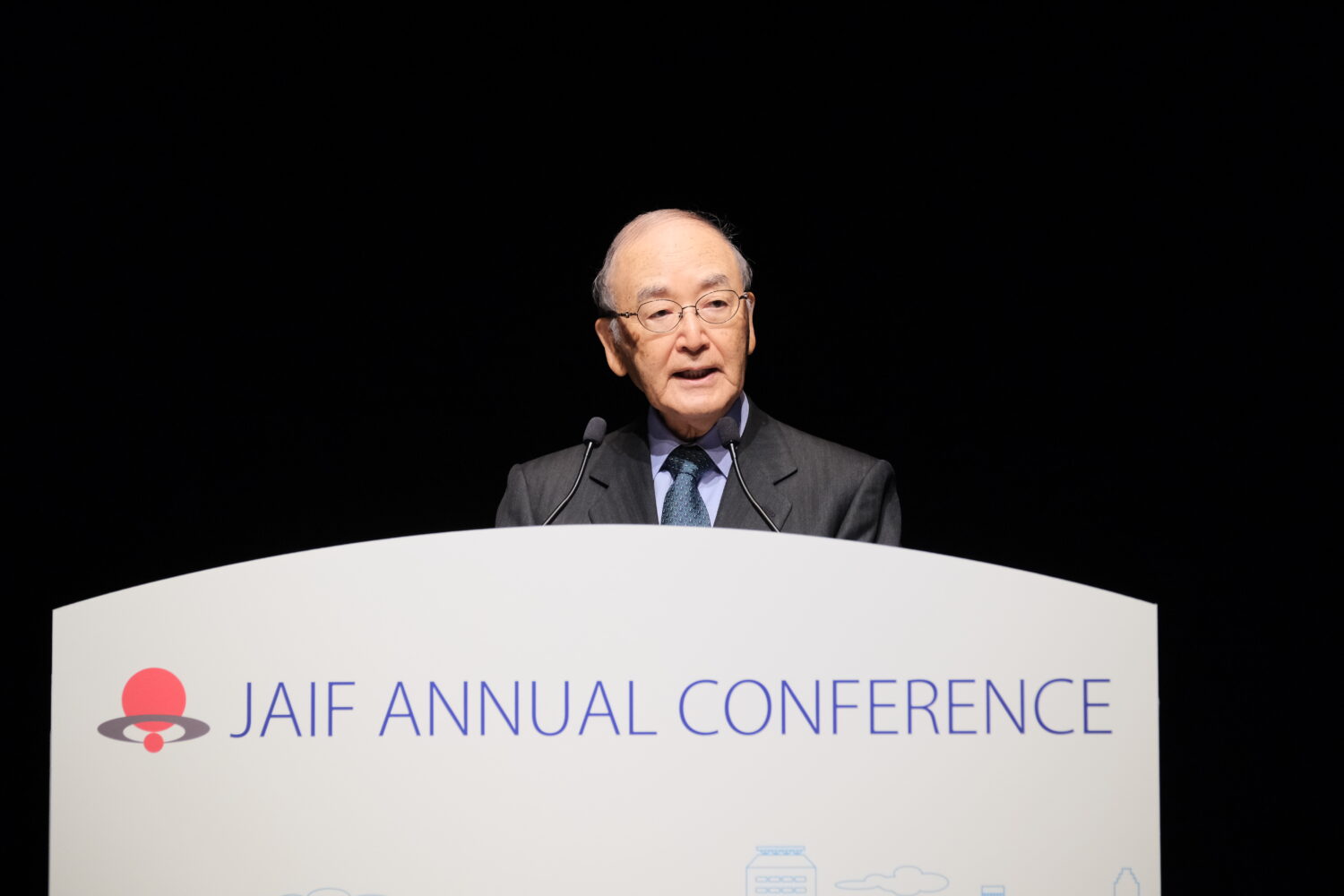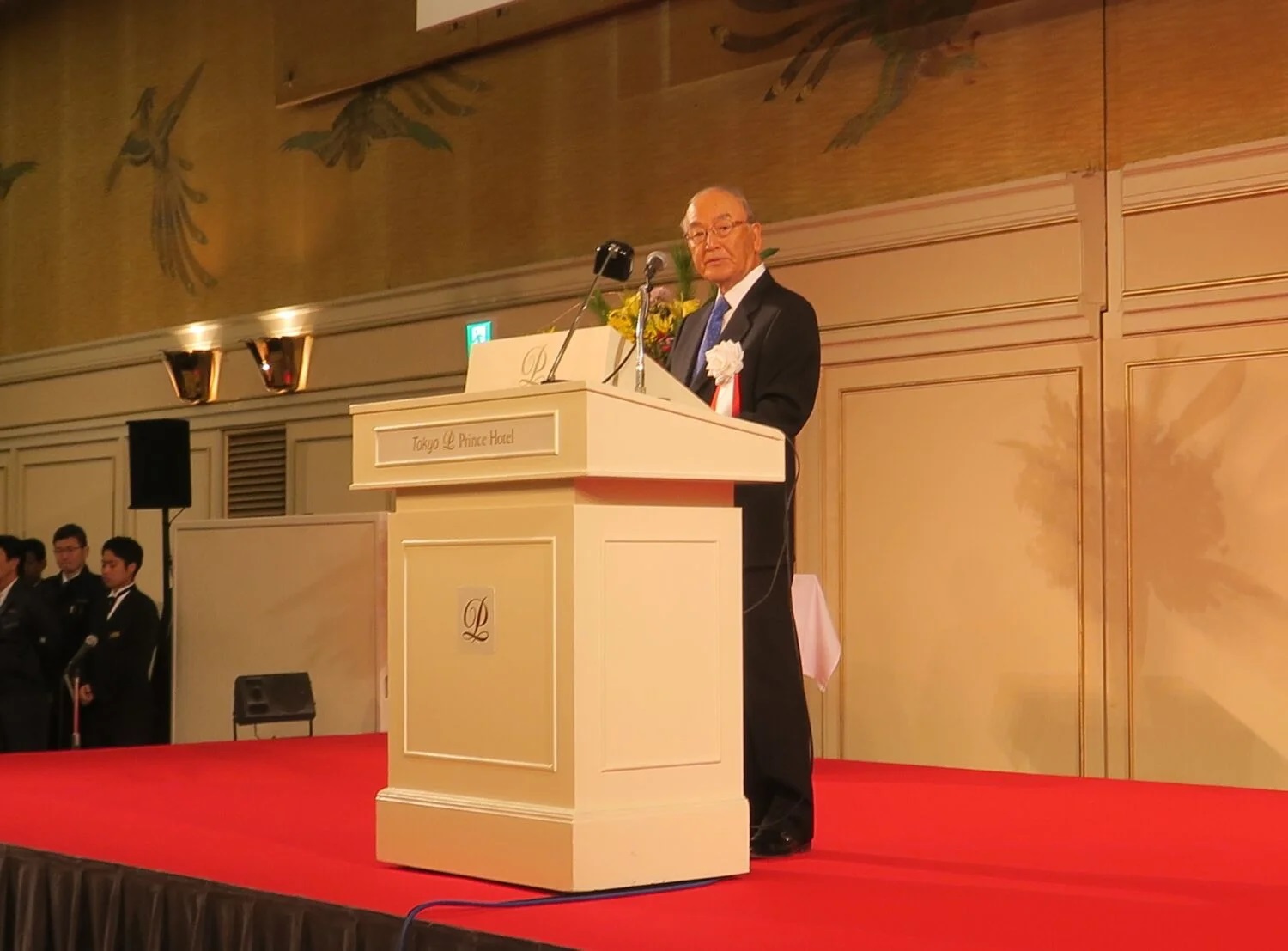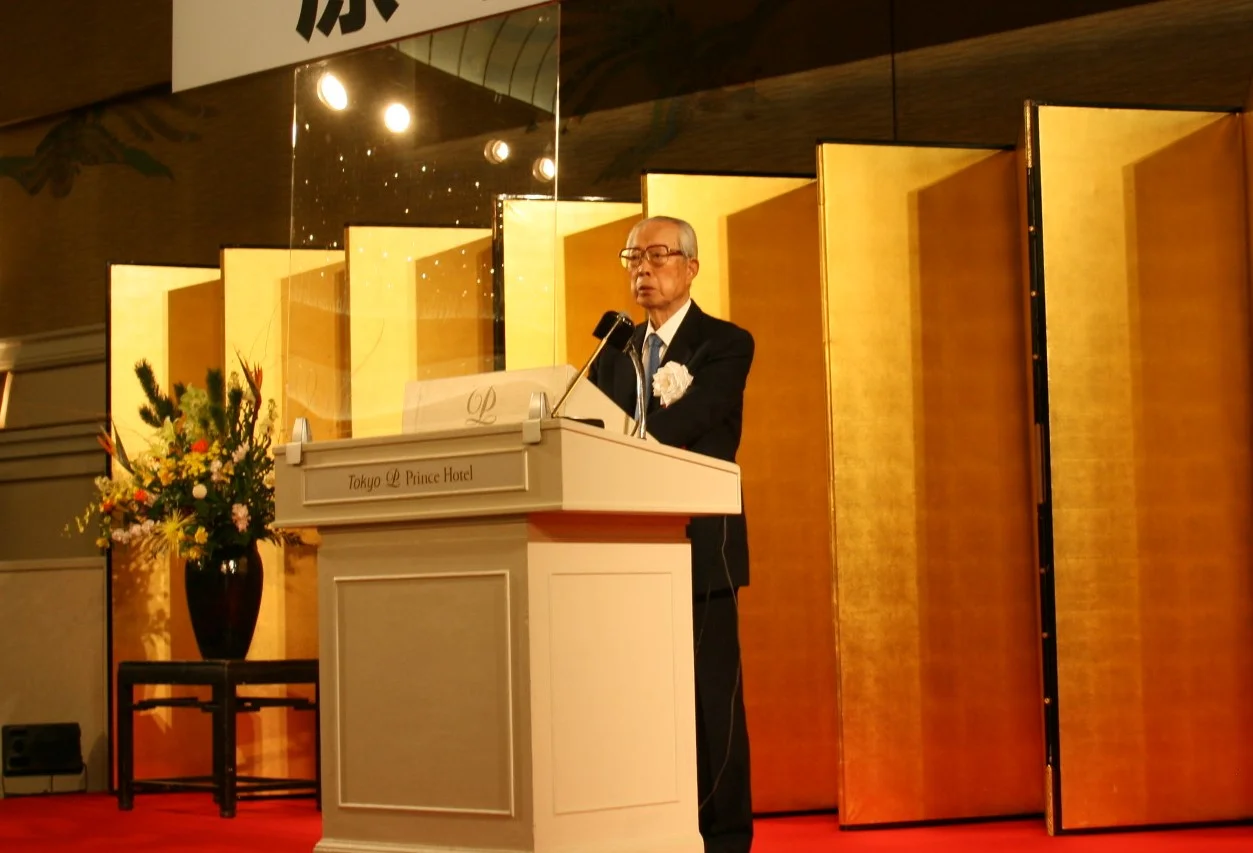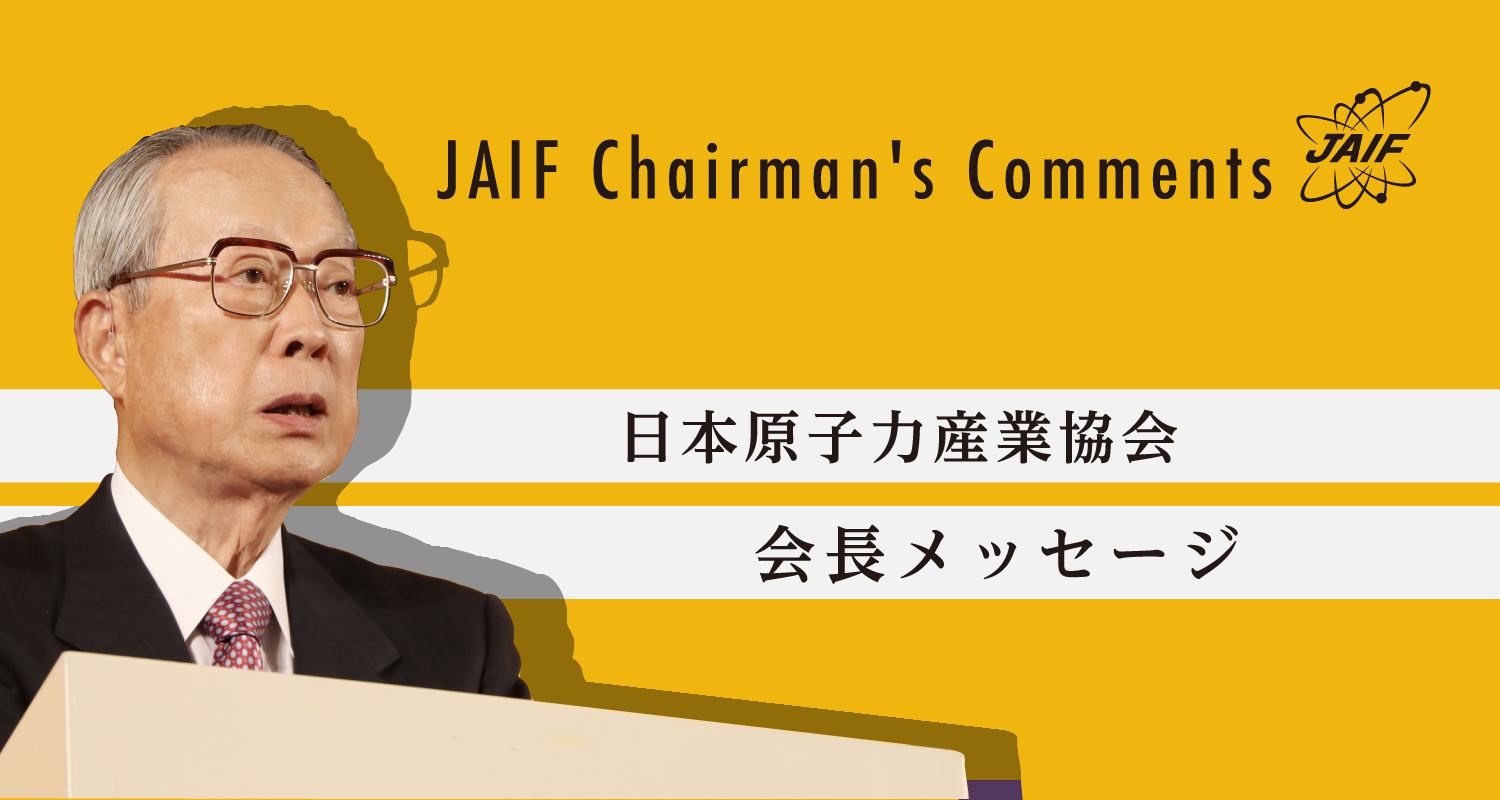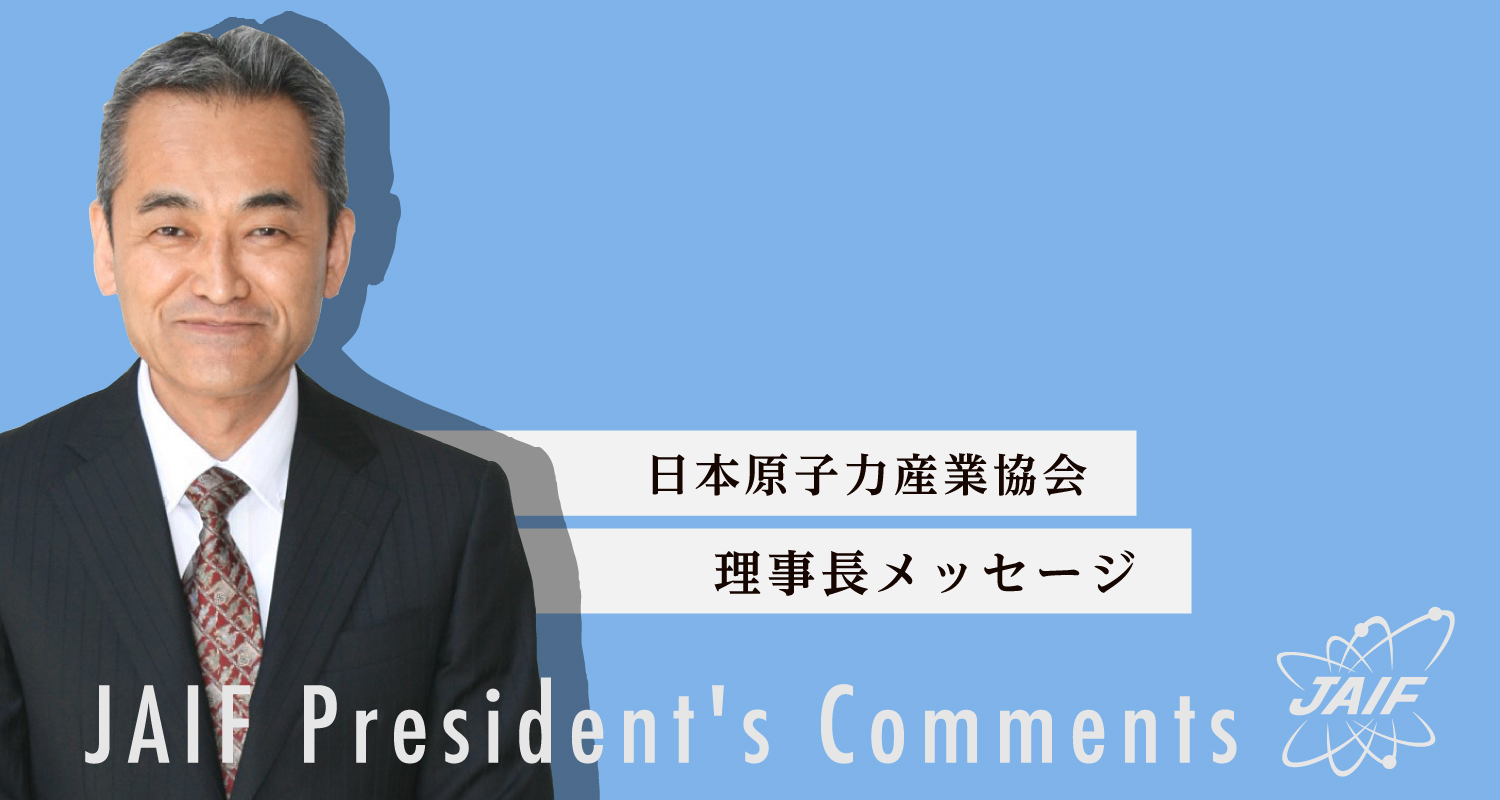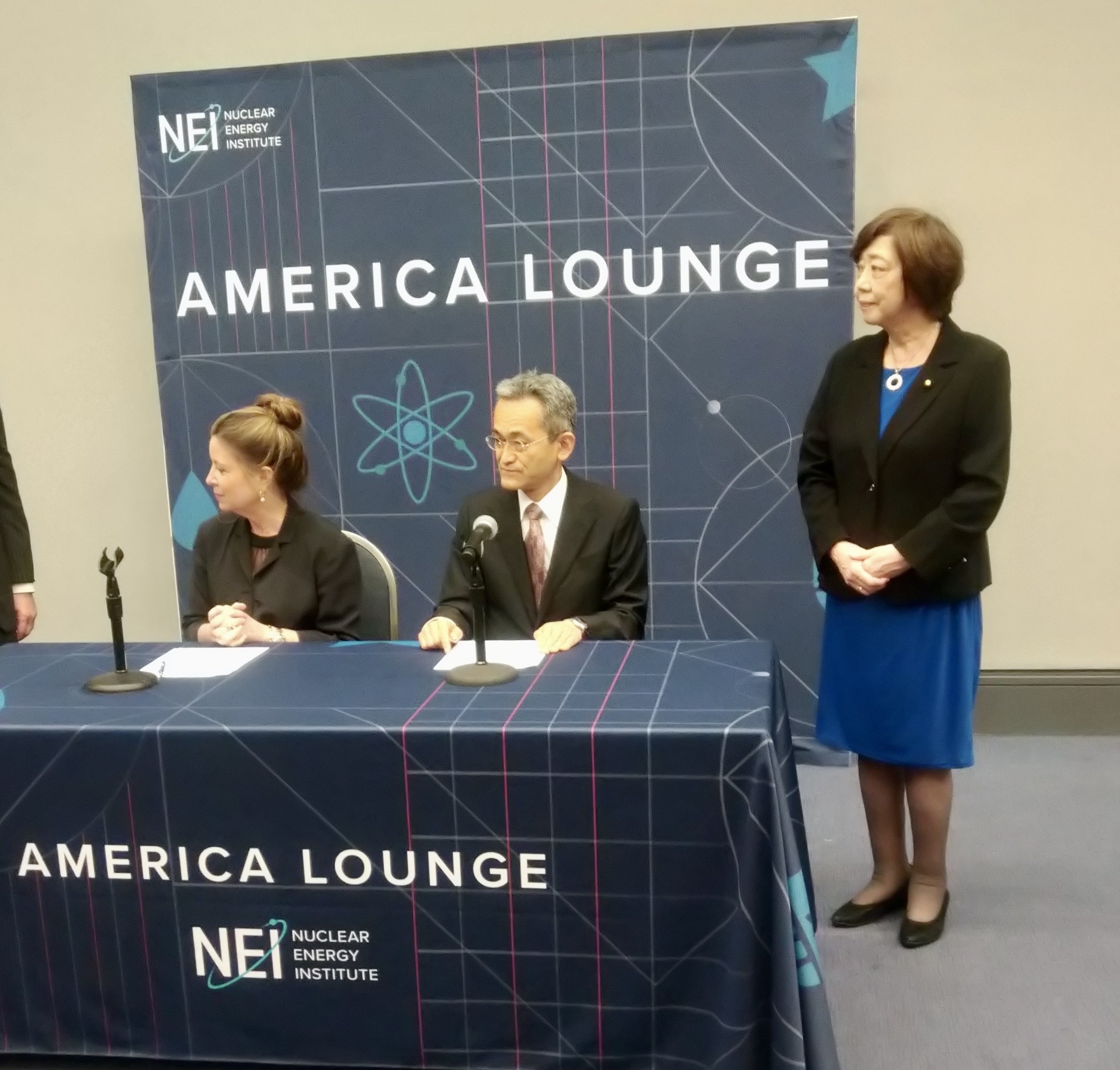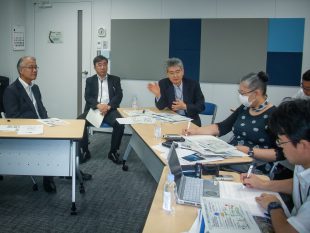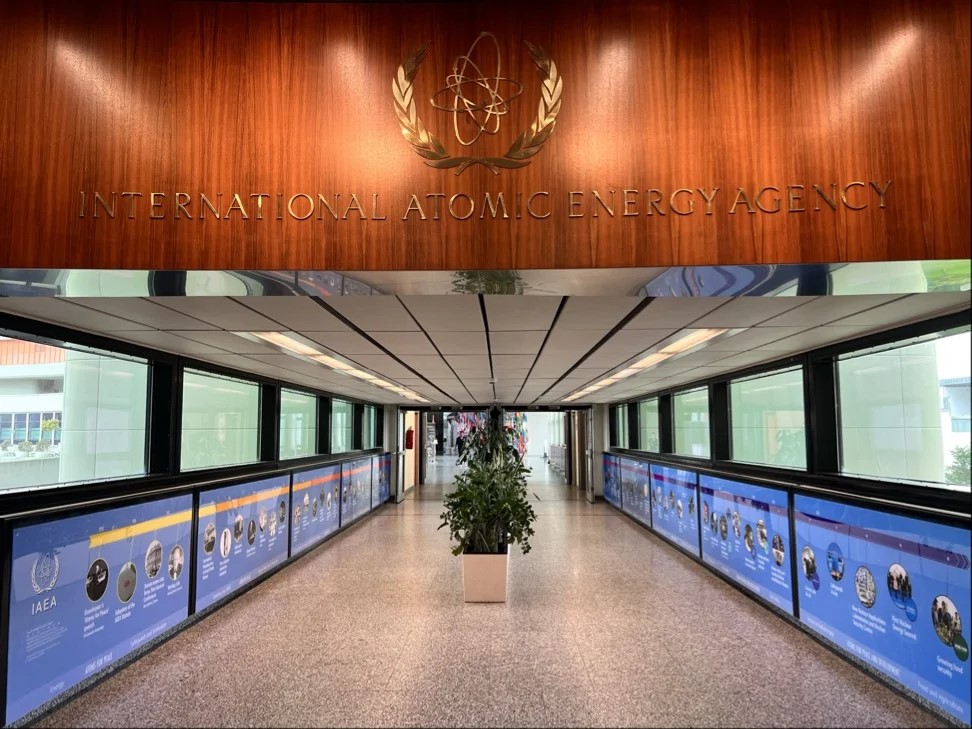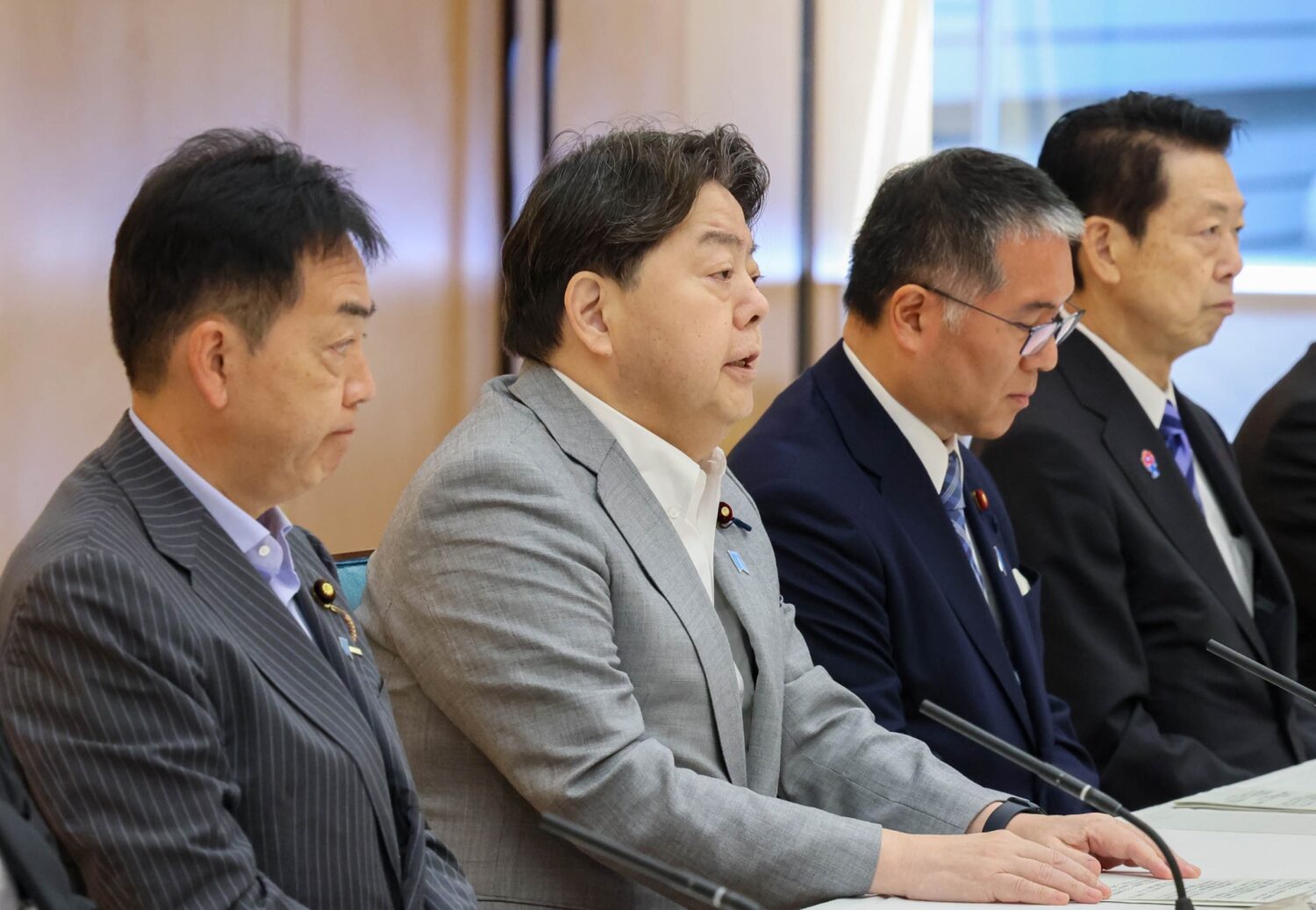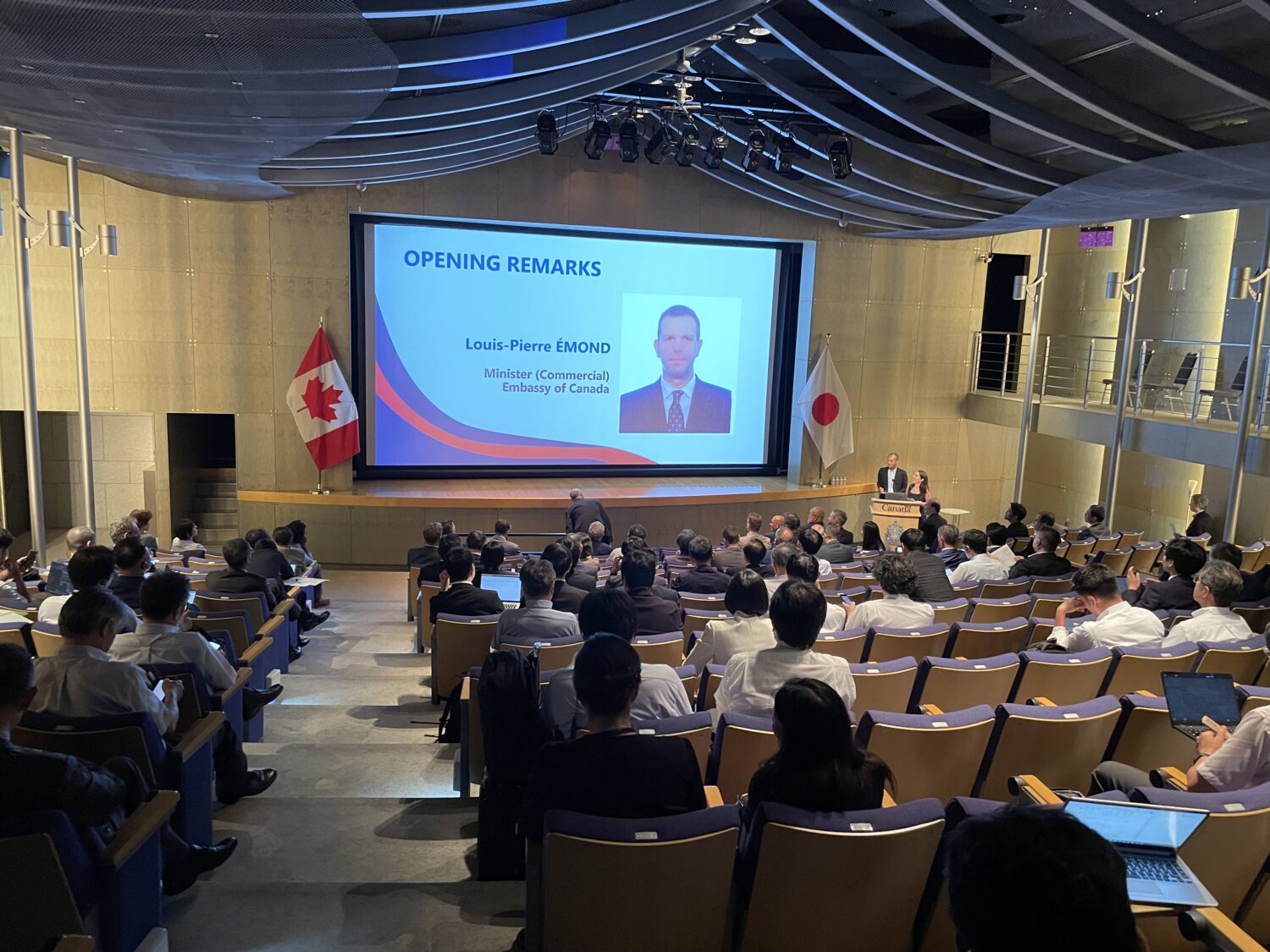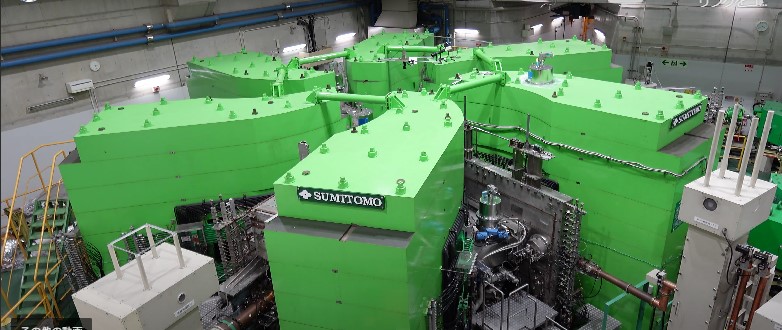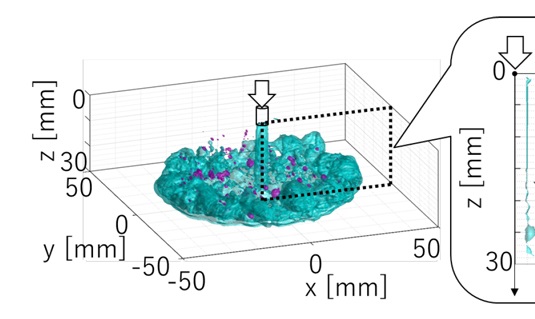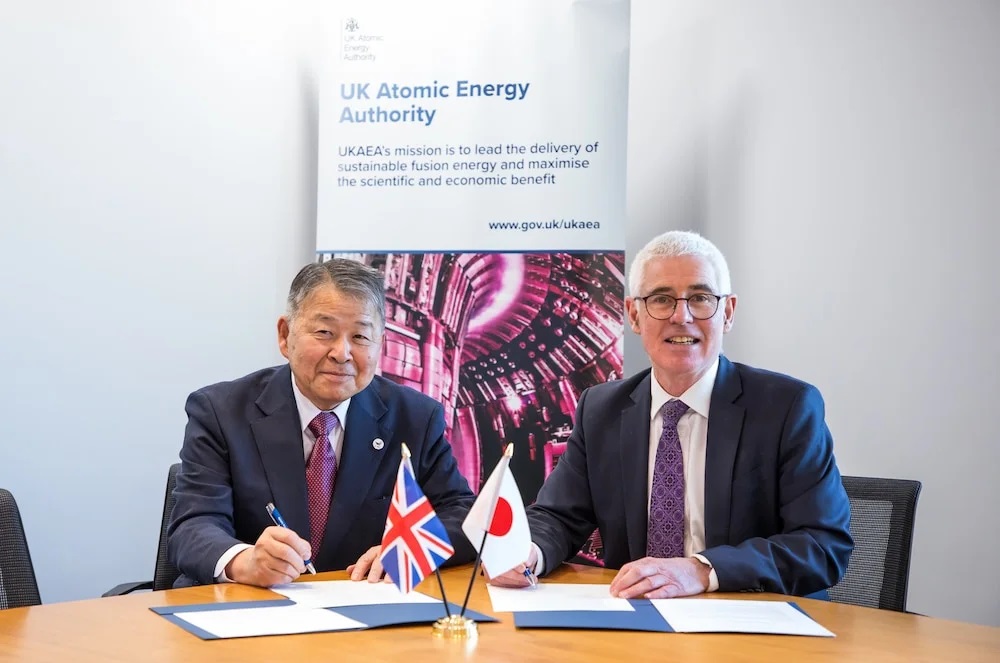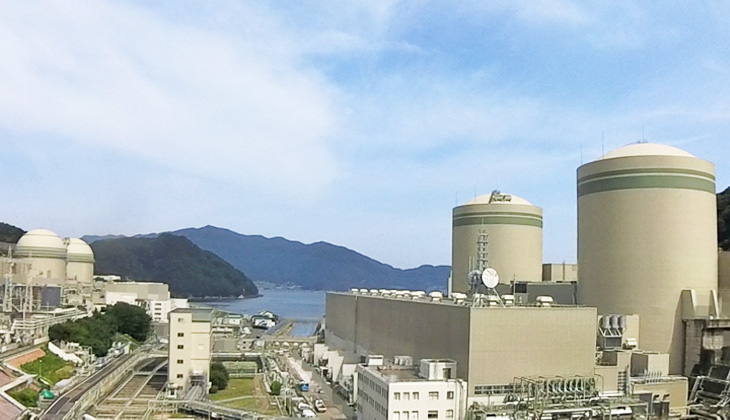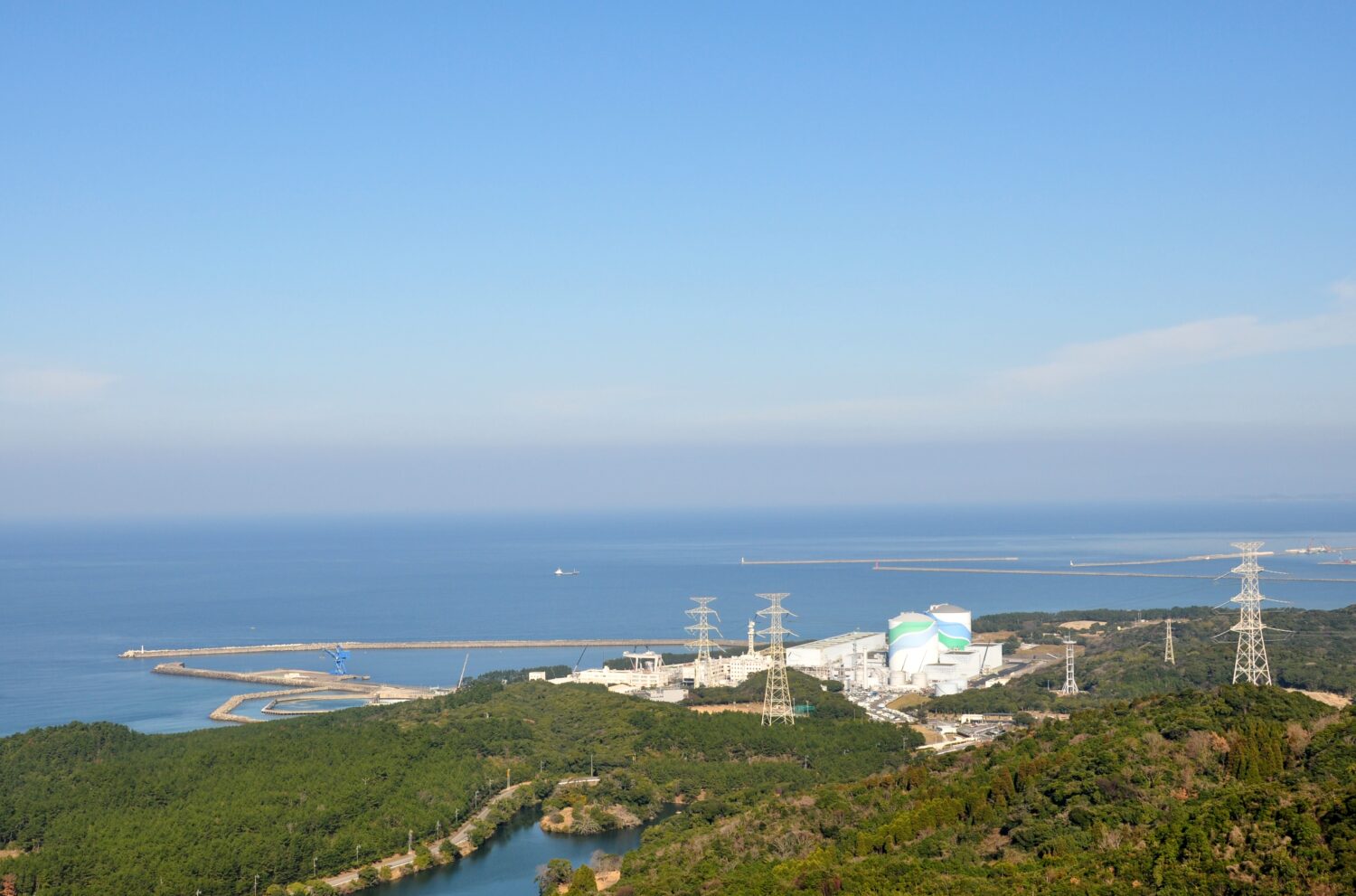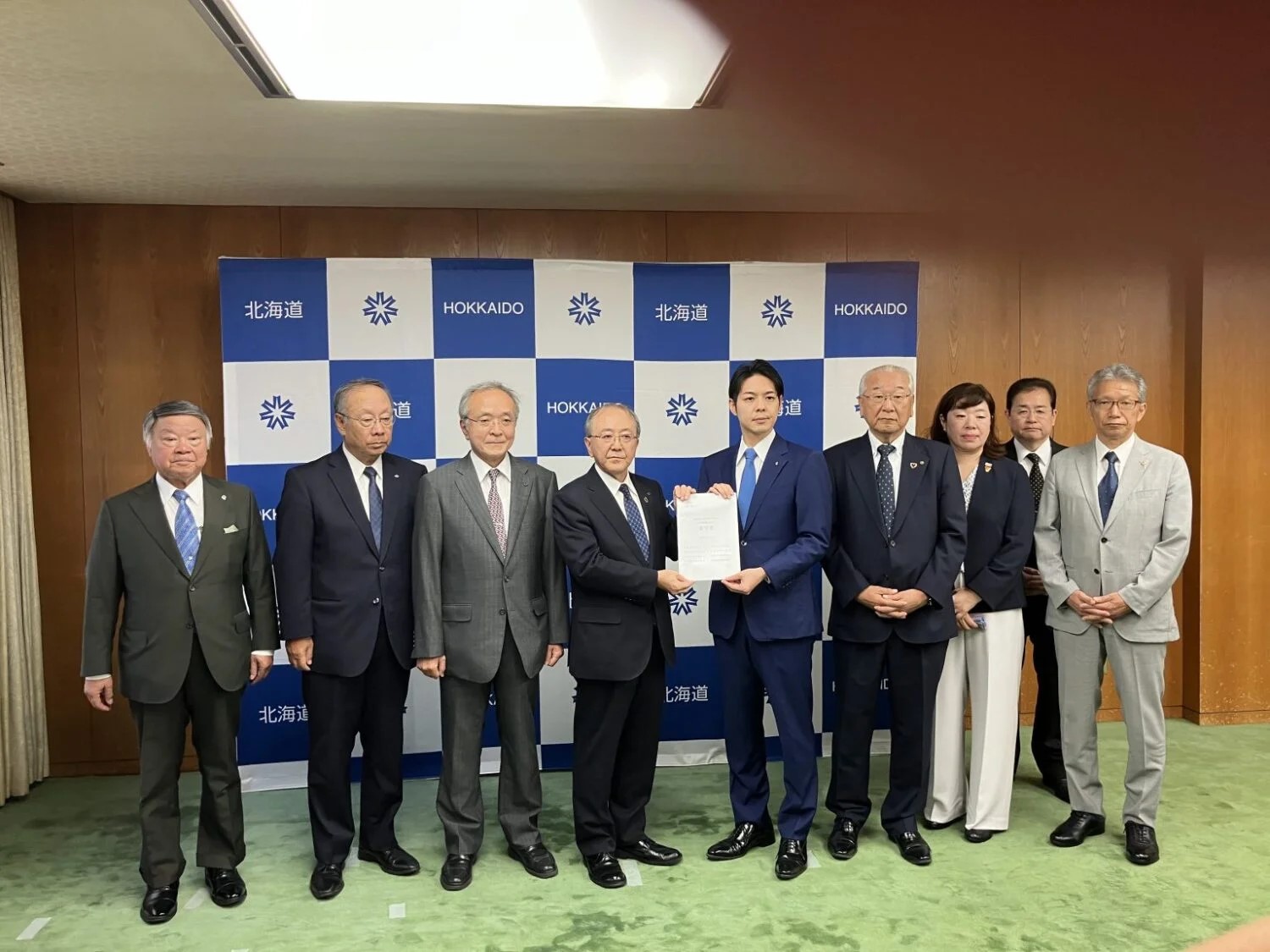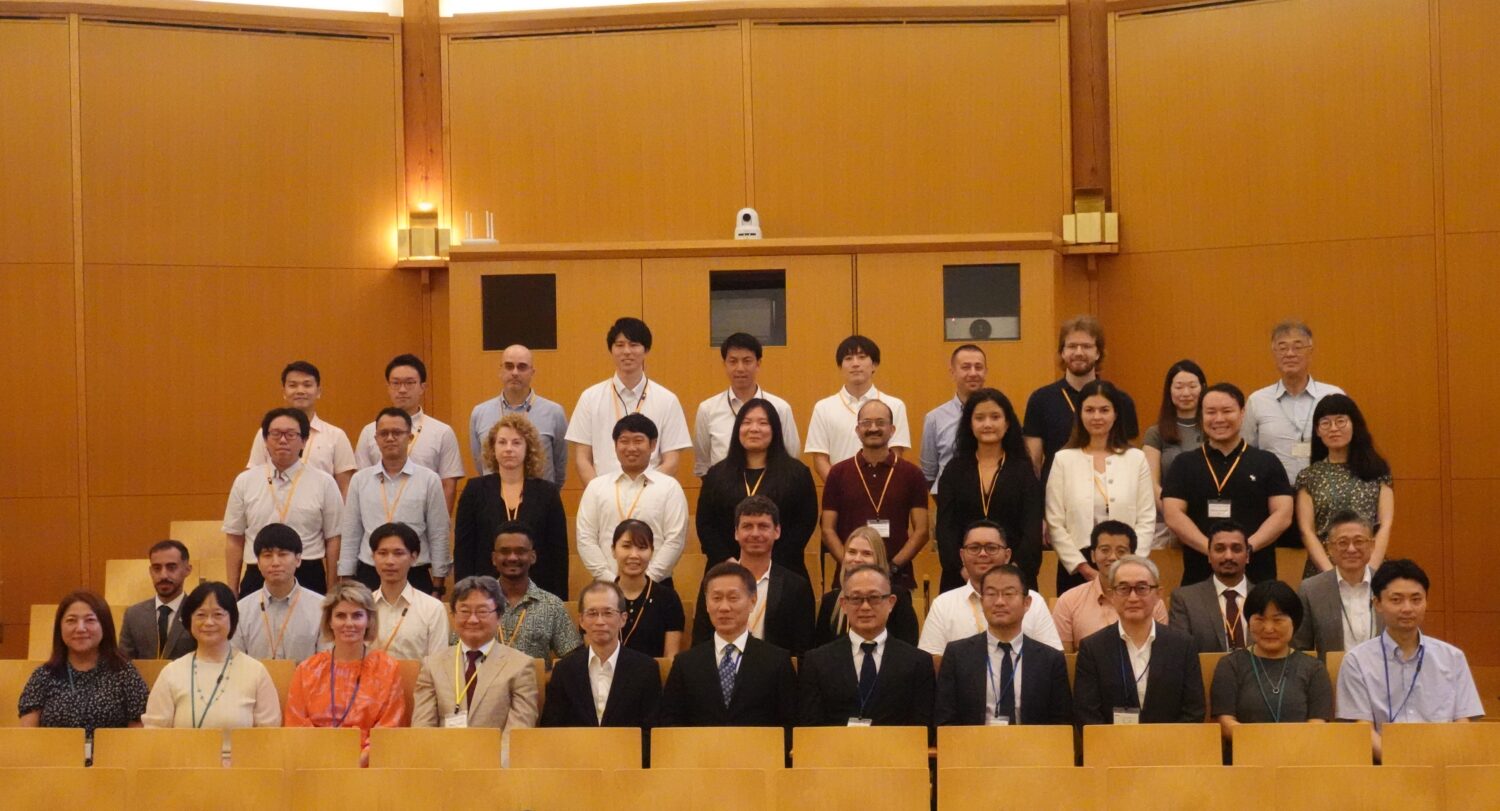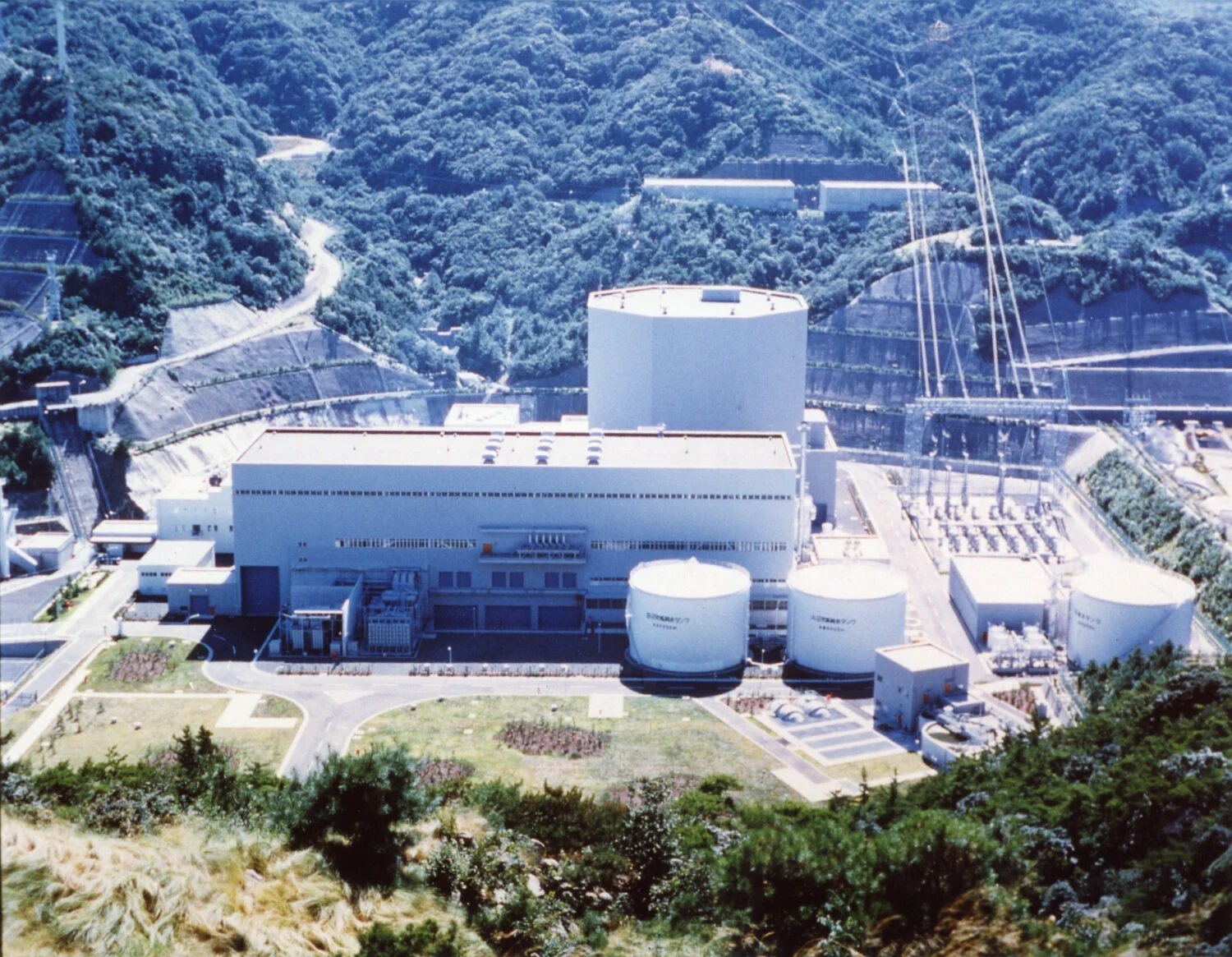The Prime Minister first toured the Interim Storage Facility (ISF) in Okuma Town to review the soil storage facilities and the demonstration projects for the reuse of decontaminated soil as embankment material for road construction. She then moved to the ISF Information Center, which disseminates information on Fukushima’s reconstruction and environmental restoration efforts, and received briefings from staff.
In the afternoon, Prime Minister Takaichi visited the difficult-to-return zones and abandoned farmland in Futaba Town. She emphasized the government’s intention to accelerate the lifting of evacuation orders by utilizing the Specified Reconstruction and Revitalization Base framework. She also reiterated her commitment to ultimately lifting all evacuation orders in the difficult-to-return zones and taking full responsibility for the region’s reconstruction and renewal.
Prime Minister Takaichi expressed her deep gratitude to Okuma Town, Futaba Town, and Fukushima Prefecture for accepting the ISF. Regarding the national policy to complete final disposal of decontaminated soil generated in Fukushima Prefecture outside the prefecture by March 2045, she stressed that this is “a legal commitment by the national government and something that must be fulfilled responsibly.”
To reduce the volume of contaminated soil requiring disposal, the government is pursuing plans to reuse low-contamination soil in public works nationwide, such as embankments for civil engineering projects. As an initial step, decontaminated soil has already been used in the garden areas of the Prime Minister’s Office and in flowerbeds at ministries in Kasumigaseki.
In August, the government also established a roadmap for off-site final disposal. Under the plan, the selection of candidate sites for the disposal facility will begin around 2030, with specifications for the facility to be defined by around 2035, leading to formal site selection. Prime Minister Takaichi stated, “We will advance the roadmap responsibly, while also presenting the subsequent steps beyond 2030 in a phased manner,” clarifying once again the national government’s responsibility.
Through this visit, Prime Minister Takaichi underscored that Fukushima’s reconstruction remains a long-term endeavor and that the memories of the earthquake and nuclear accident must never be forgotten. She reaffirmed her determination by saying, “With the resolve that every Cabinet minister is a Minister for Reconstruction, we will accelerate our reconstruction efforts and advance Fukushima’s revitalization as the Cabinet’s top priority.”
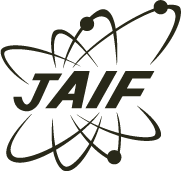


-049.jpg)
.jpg)
